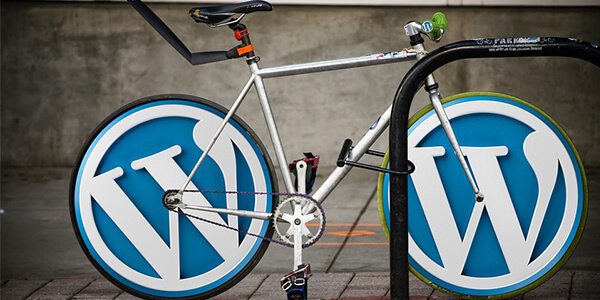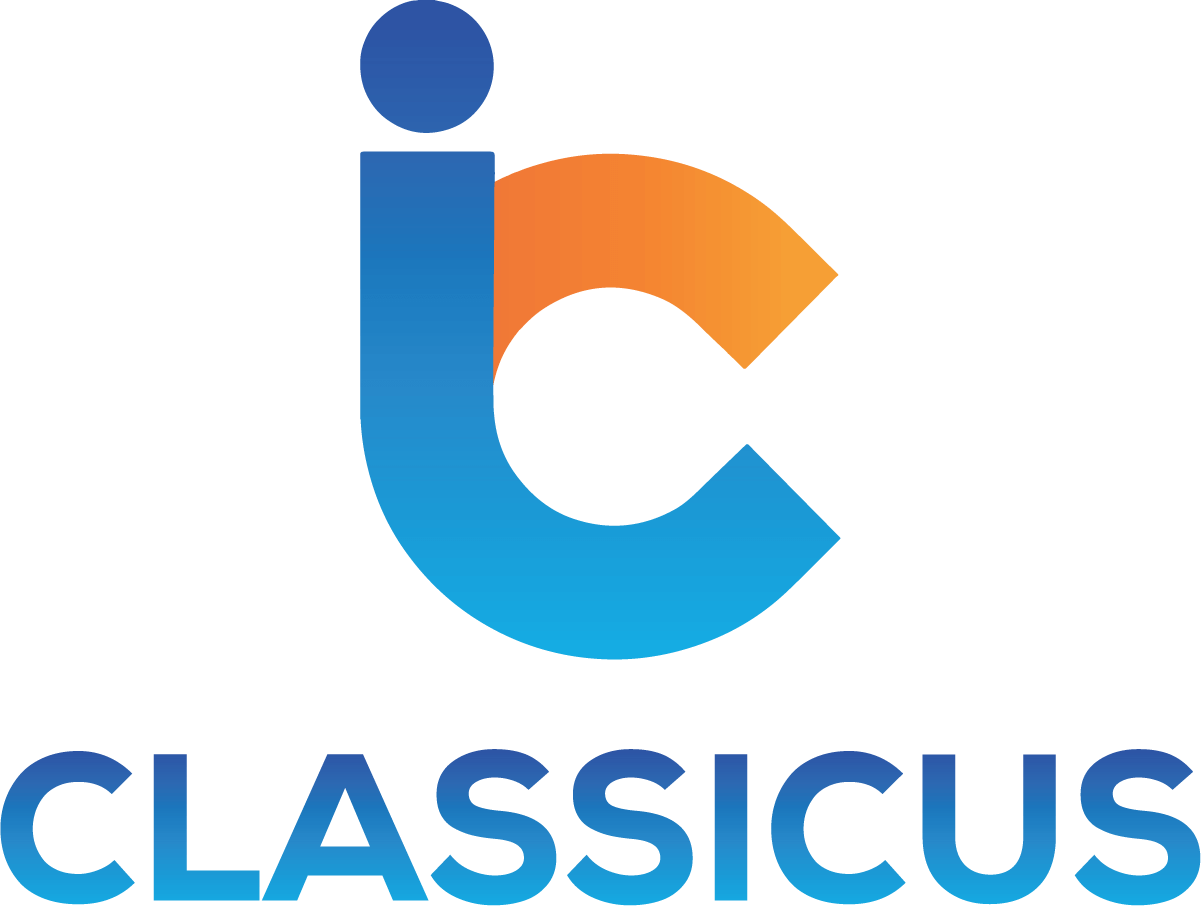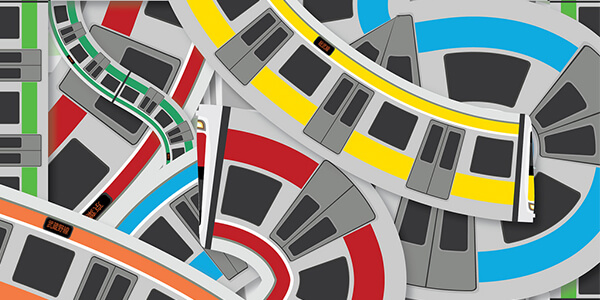
Several years ago Olaf taught you how to change WordPress category pages into a landing page. Back then, it was more complicated and required editing a number of files. Thankfully, WordPress and a pair of plugins make it easier than ever to turn those so-often neglected category pages into SEO gold.
The whole idea of landing pages is that they draw visitors further into your site. WordPress category pages, by design, are perfect for that. With a minimal amount of effort, those pages could become tightly focussed content pages that can and will bring folks to your website. And, if you use tags, why not turn those into landing pages as well, utilizing the same techniques?
The biggest concern most folks have when this topic comes up is duplicate content. If you set things up right, and assuming you have a nice variety of topics within your blog, that won’t be an issue. If your homepage offers more than a blog-style list of the latest posts and you typically only file posts in one category, the duplicate content issue becomes almost moot. Drop the archives by date nonsense, no one looks for your good stuff that way anyway; and the duplicate issue is gone completely.
Needed WordPress plugins
SEO for WordPress by Yoast (a must for any WordPress site anyway) – turn on Noindex subpages of archives and turn on breadcrumb functionality.
Rich Text Tags – This plugin will add WYSIWYG editing to the category descriptions as well as prevent WordPress from stripping any HTML tags you include in the descriptions.
1. Setup your WordPress category pages & configuration
Set up your blog so that descriptions will display only the first page of each category;
hide them on pages 2, 3, 4, etc. with the Yoast plugin.
Set up your blog where the first page of each category is INDEX and FOLLOW.
Edit your theme so that the category name is the only H1 tagged content on the page.
2. Use unique post excerpts
Set up your blog to use excerpts – most modern themes already do this. Change the settings for your category pages to display excerpts rather than entire posts, which eliminates most of the duplicate content issue. Be sure to also include featured image thumbnails to highlight each post and encourage click-throughs.
3. Category name & link text selection
Evaluate the name and link text used for your WordPress category pages. If a category has 100 posts, there will be at least 100 internal links to your category page using that link text – including breadcrumbs and those ‘filed under ____’ links that often appear at the top or bottom of individual posts. Use those links wisely. I often choose a somewhat broad term based on the topics of the posts I generally include in the category. The category page should be the only page or post on your site that should be targeting that particular keyword and the only page using that keyword phrase as a title.
Design your category taxonomy in a hierarchical structure. Each tier gets more specific. I realize that this is Web Design 101 stuff but so many folks get it wrong and miss how to make categorization work for their sites. Don’t just focus on Google here, think about how you look for information and how your categorization can make it easier for folks to find things on your website.
4. Adding category page descriptions
Write a category description that includes the link text you will use throughout your site for that category. Go further than just saying something like, “Here’s all of the posts on topic X.” Remember, we’re changing your WordPress category page into a landing page; give Google and your visitors a reason to land there.
Write a description that sells that portion of your website or blog. Write at least 2 paragraphs about you, your site and the topic. Provide information about some of the posts you have included and establish your credibility on that topic.
Add a shortened and unique version of your description for a meta description; again, the WordPress SEO by Yoast plugin makes this possible.
WordPress category description
Categorie: SEO settings
If you have a large number of WordPress categories and subcategories, consider adding links to complimentary categories. For example: Your blog is about animals. If you have categories for both Galapagos Animals and Penguins, you could add something like this to the Penguins category – “Penguins are primarily native to the colder climates of the Southern Hemisphere. There are a handful of species that live in more temperate zones, including the Galapagos penguin. We have an entire section of this site dedicated to the Animals of Galapagos where you can learn about all the animals which live on those islands.” (Notice the use of an alternative phrase for the linked text – Animals of Galapagos.)
Create a graphic for each category – at least the top level ones. This gives folks something to link with and encourages Pinterest pins and a variety of other social sharing activities. Try to make it eye-catching and clear what the topic of the category is. You might try branding the graphic as well. The branding helps folks find you even if the links stop working and it tends to discourage thieves, at least the lazy ones, from stealing your graphics.
5. Update existing posts
Re-visit your posts. Update the excerpts and turn them into an invitation for readers to click through and visit each post – don’t just repeat the first sentence or two. Also consider, these excerpts will be appearing on your WordPress category pages. Be sure to edit some of them to include the category name/keyword. Remember, the excerpts are going to become a large part of the content on your category pages/new landing pages; use them to your advantage.
Consider editing the body of the post to include a link or two to the category where you filed it as well as any other categories where the reader might find additional information related to the topic. Since your breadcrumbs and/or ‘filed under’ links will all include the same link text for your categories, be sure to use a mix of anchor text within the posts. Use related terms and even “here” (as in find more info here) as anchors. Just don’t get crazy, add in-context category links to only a handful of posts. Remember, we are trying to focus on the reader experience with a little SEO bonus. Go overboard and you will alienate your readers and get dinged by Google for over-optimization.
Source:
Author: Michele
Website: web-development-blog.com


